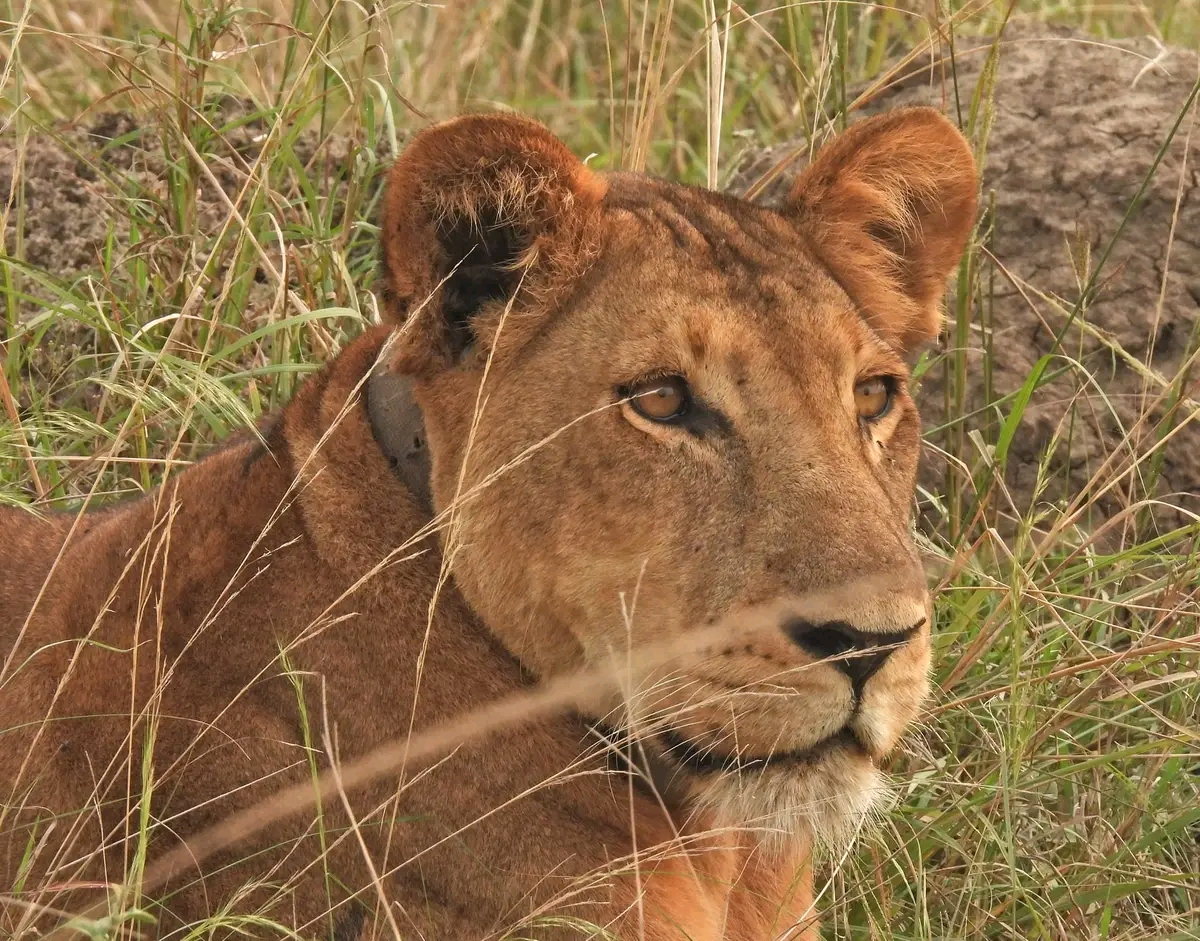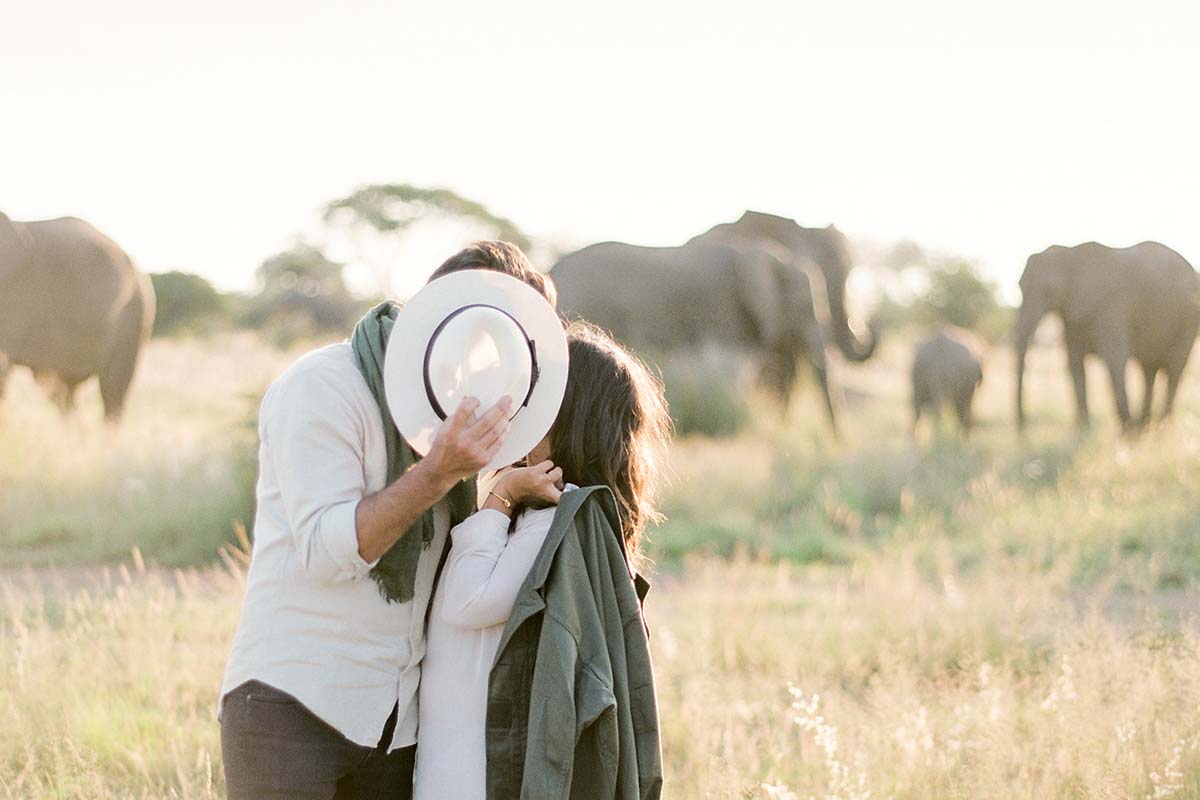How to Explore Queen Elizabeth National Park
Few reserves in the world can boast such a high biodiversity rating as Queen Elizabeth National Park in southwestern Uganda. Covering 1,978 square kilometers (764 sq mi), one of the country’s largest, the scenic park is the most famous protected area.
Over 96 mammal species roam the park’s varied habitat, including healthy numbers of hippos, Nile crocodiles, elephants, lions, leopards, chimps, antelopes, giant forest hogs, and spotted hyenas.
Queen Elizabeth National Park is easy to reach from all directions and enjoys a stunning location on the rift valley floor between Lakes Edward and George.
The park epitomizes enchanting African scenery like the Lord of The Rings movie scene. Thirty miles north of the park, the blue Rwenzoris explode from the plain, showing off a composite, jagged mass of mountains. The legendary mountains of the moon span sixty miles long and forty wide and look in certain lights as if you can reach out and touch them.
Across Lake Edward to the west of the park, the Mitumba hills stand like a soldier on guard on the DR Congo border. Blue too in long sight, but closer, the hills are green, wooded, steep, unfriendly, epitomizing dark Africa.
A calm green rift valley escarpment spreads across the eastern boundary of Queen Elizabeth National Park. And between all the hills, mountains and lakes is endless savanna, its constantly repeated motif the branched cactus arms of the candelabra euphoria tree.
The musically named Maramagambo forest seems like it was thrown in for good measure. The great forest elegantly sits on the edge of the park providing a reliable sanctuary to chimpanzee bands, and black and white colobus sit like dandies in white ties and tails among the branches.
If Queen Elizabeth National Park has the next best thing, it must be the pattern of 72 explosion craters spread across the park, interlocking and overlapping like rings in a pond. Some look pretty tiny, others a mile or more across, allowing trout to grow freely.
Of animals, there is obviously no shortage. Hippos in huge numbers wheeze and wallow; buffalo look like ochre animals, a product of interbreeding with the forest buffalo of the Congo.
Lions easily climb fig trees and lay in branches all day, keeping a sleepy eye on the antelope herds. Elephants (although) not so big or heavily armed with ivory as the Murchison variety roam the jungle like designated keepers. Topi grazes in large herds under the eyes of the treed lions. The aquatic birds rival those of the Nile.
Finding birds in the park
Queen Elizabeth National Park supports a remarkable number of bird species: the last count totaled 612 bird species. This figure ranks 6th worldwide for protected area bird diversity and second in Africa, inferior only to the neighboring and far larger Virunga National Park.
Prominent bird species in Queen Elizabeth National Park include Martial Eagle, Black-rumped Buttonquail, African Skimmer, Chapin’s Flycatcher, Pink-backed Pelicans, Verreaux’s Eagle Owl, Papyrus Canary, Corncrake, Lesser And Greater Flamingo, Shoebill and Bar-tailed Godwit. Forest rarities include White Naped Pigeon, Forest Flycatcher, and Ruwenzori Turaco.
How to explore Queen Elizabeth National Park
Mweya Peninsula is Queen Elizabeth National Park’s primary tourist hub. You can reach it via a narrow isthmus separating Lake Edward and the Kazinga Channel. Because the peninsula enjoys marvelous views in all directions, several private safari lodges and budget hostels make it an excellent base for exploring the park. And it also houses the park headquarters.
From Mweya jetty, you can explore the shores of Kazinga Channel on a scheduled or private boat ride. The channel provides year-round water for many birds, reptiles, and mammals no other place in Uganda can match.
Queen Elizabeth National Park’s most famous and exciting activity is a launch trip or boat safari on Kazinga Channel to view this wildlife spectacle. You mustn’t miss it. Boat launch trips make a 2-hour round trip between the Mweya jetty and Lake Edward, providing marvelous opportunities to view elephants, hippos, buffalo, and a wide variety of waterbirds.
A network of Game Tracks explores the plain north of the Kazinga Channel; most safari guides would heat that way for assured wildlife encounters. A patchwork of grassland and scrubby thickets can make game viewing a bit challenging. Still, a keen and patient explorer wouldn’t miss a thing even if you’re exploring the park on your own. Large numbers of animals live here, but you will need to drive slowly and look carefully to spot them.
The Channel track and the Leopard Loop are probably the most likely locations in Queen Elizabeth National Park to find Leopard and Giant Forest Hog. The area is also memorable for its distinctive candelabra trees and the African Fish Eagles that perch on them.
Katwe Explosion Craters
Take the 24-kilometer crator-drive into the spectacular field of extinct volcanic craters, and you’ll feel like you’re driving on a set of Jurassic Park. The Katwe Explosion Craters, a few kilometers north of Mweya, are ethereal wonders of Queen Elizabeth National Park. Highspots are the massive Kyemengo Crater and the lovely Lake Kitagata.
Kasenyi Plains in Queen Elizabeth National Park
The Kasenyi sector lies east of the Kasese highway, where, with open, lawn-like plains and a magnificent Rwenzori backdrop, it ranks among QENP’s most beautiful grasslands. It is famous for the prides of lions that prey on large herds of Uganda Kob, especially around the Kob leks or breeding grounds.
The Equator crosses the main Kasese road, which runs between Kasenyi and the Crater area. The concrete markers on either side of the highway provide a popular photo opportunity for passing travelers.
The Queen’s Pavilion, built to host a visit by Britain’s Queen Mother in 1959, stands on a nearby crater rim. It is a great place for independent travelers to gather information and check out the cafes and craft shops built nearby.
Kyambura Gorge, the valley of the lost apes
At the foot of the rift’s Kichwamba escarpment, the Kyambura River flows through the deep, cliff-lined Kyambura Gorge towards the Kazinga Channel. The Fig Tree Camp at the gorge’s edge provides a giddy view down into the 100m-deep chasm.
The ravine contains a beautiful riverine forest where a troop of chimps finds refuge. Visitors can track a habituated chimpanzee troop and observe their peculiar behavior for at least an hour.
A chimpanzee tracking permit here is a fraction of the famous Kibale National Park. However, you must check with UWA beforehand to confirm whether the service is available because sometimes it’s closed to visitors.
Maramagambo Forest
The dark Maramagambo Forest sprawls across central Queen Elizabeth National Park from the base of the Kichwamba escarpment to the shores of Lake Edward.
Shady forest trails explore a very different environment from the sunny Kazinga plains and provide incredible opportunities to spot primates and rare forest birds.

Ishasha Sector & tree climbing lions in Queen Elizabeth National Park
The magnificent and remote Ishasha sector lies in the extreme south of Queen Elizabeth National Park. It adjoins the Virunga National Park, which lies on the opposite side of the Ishasha River in the D.R. Congo.
Few tourists make the long drive from Mweya to Ishasha for game drives, but it’s their loss, for the sector enjoys a wilderness character unrivaled elsewhere in the park.
Most travelers who drive through the varied richness of the Ishasha sector are on trips joining between Queen Elizabeth and Bwindi Impenetrable National Parks. It’s the shortest route to include wildlife viewing safari in Queen Elizabeth, with the gorilla trekking experience in Bwindi Forest on the same trip.
Ishasha is home to a superb variety of animals. Hippos are common in the Ishasha River, while buffalo, topi, and kob roam the plain. These are prey for Leopard and the sector’s most famous residents, the Tree-climbing Lions.
These obliging felines can be easily spotted draped over the branches of trees and acacia trees. Their motive for tree climbing remains unclear to us. Whether it is to enjoy the shade, watch for approaching meals, or to avoid irritating bugs, Ishasha lions look incredibly comfortable on their high perches.



